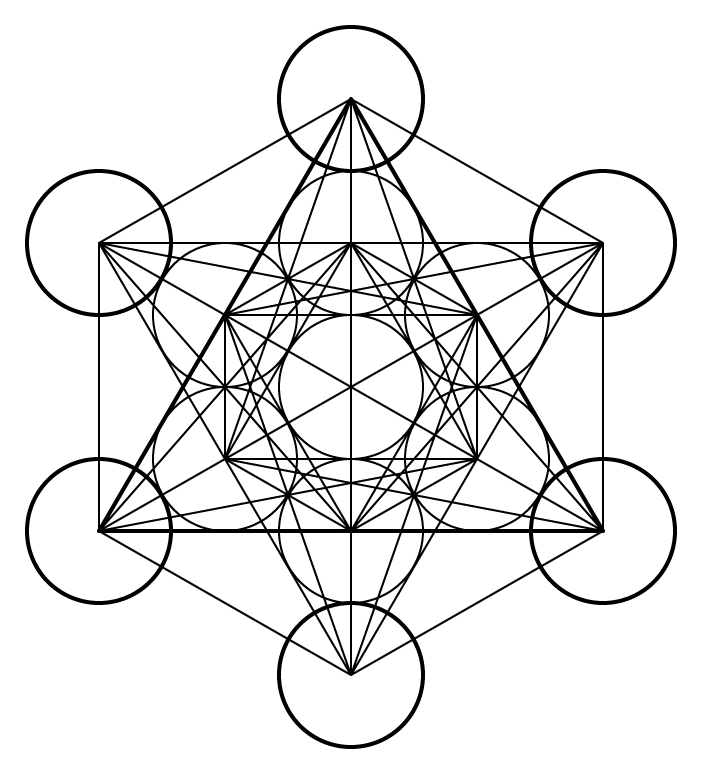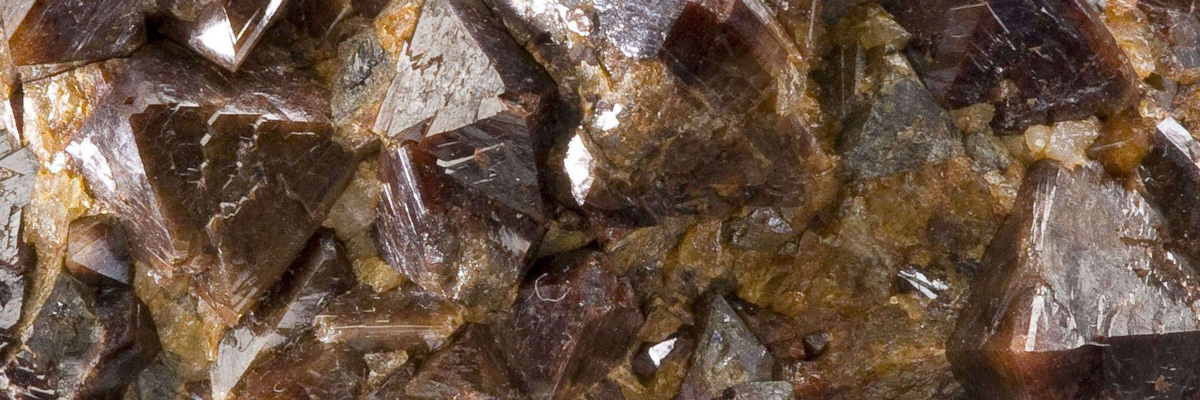Zircon is a zirconium silicate mineral that belongs to the nesosilicates class, known for its tetragonal crystal system and striking variety of colors. The general physical characteristics of zircon include well-formed prismatic, pyramidal, or rounded crystal structures that can vary in size. Zircon is commonly found in igneous rocks like granite and syenite, as well as in metamorphic rocks such as gneiss and schist, and occasionally in sedimentary rocks.
Usage
Zircon is used in various applications, including the production of zirconium metal and zirconium dioxide, which are utilized in the manufacturing of ceramics, refractories, and as a corrosion-resistant material. Additionally, zircon is employed in the production of abrasives and foundry sand, and as a gemstone in the jewelry industry.
Gemstone
Zircon is an attractive and relatively affordable gemstone, prized for its high refractive index and exceptional brilliance. Available in a range of colors, from colorless to blue, green, yellow, and brown, zircon offers a dazzling array of options for those seeking unique and beautiful jewelry. The gemstone’s durability and optical properties contribute to its popularity, making it an excellent choice for various jewelry items, including rings, necklaces, and earrings. Zircon is often mistaken for diamond due to its brilliance and fire, but it is a distinct gemstone with its own charm.
Origin
Zircon is created in nature through various geological processes, including the crystallization of magma and metamorphism. It is formed from the alteration of silica-rich rocks in a variety of geological environments. During these processes, zircon crystals form as a result of the arrangement of zirconium, silicon, and oxygen tetrahedra. This process can occur over various timescales, and the resulting zircon crystals can be found in a variety of sizes and shapes.
Occurrence
Zircon is primarily found in igneous rocks such as granite and syenite, as well as in metamorphic rocks like gneiss and schist. They can also be found in sedimentary rocks, typically as a result of the erosion and transport of pre-existing zircon-bearing rocks. Some of the most significant deposits of zircon can be found in Australia, Brazil, India, and the United States. These areas are known for their abundance of geological environments suitable for the formation of zircon minerals.
Metaphysical
In metaphysical and spiritual practices, zircon is believed to have a range of properties. The mineral is said to help individuals release negative energies and emotions, and to promote feelings of confidence, motivation, and balance. Zircon is also considered a stone of spiritual protection, and can be used to ward off negative influences and enhance one’s connection to the higher self. Additionally, the mineral is said to promote mental clarity and focus, and can be used to enhance one’s creativity and intuition.
| Class | Nesosilicates |
| Formula | ZrSiO4 |
| Luster | Vitreous to adamantine |
| Hardness (Mohs) | 7.5 |
| Streak | White |
| Color | Colorless, yellow, brown, red, blue, green |
| Cleavage | Imperfect in one direction |
| Specific Gravity | 4.6 – 4.7 |


